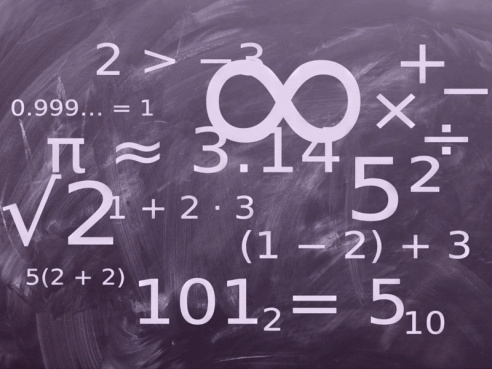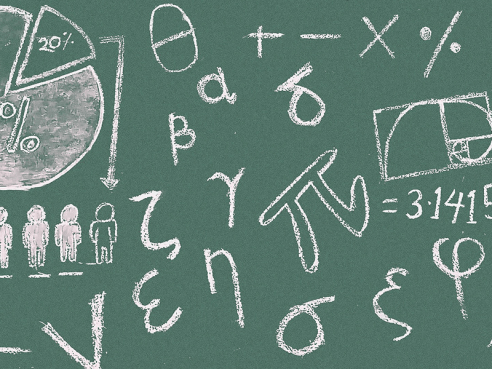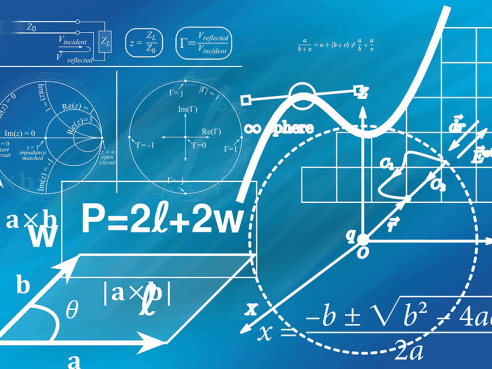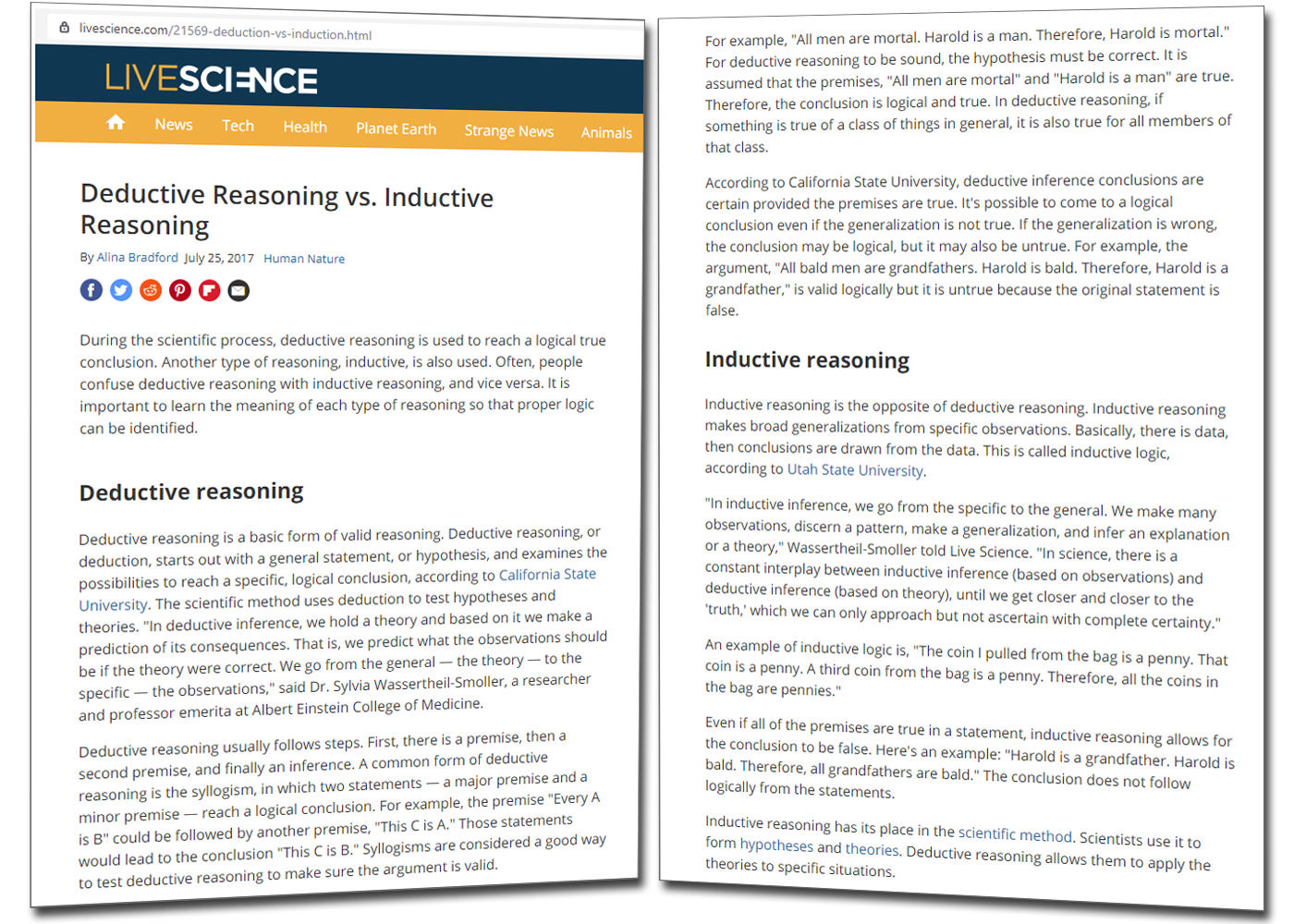Algebra
Each lesson features a direct-instruction workshop (Launch, Presentation, Exercises, Conclusion) and randomly generated practice software (adaptive, interactive, scaffolded with multiple representations).
PRIME
This set of software missions provides practice with numeracy skills including mental math, long arithmetic, negatives, fractions, decimals, percent, ratio conversions, and foundational algebra mechanics.
CaHSEE
Many schools still receive a large portion of API from CaHSEE passing rates, an assessment normed to previous CST standards. This course aims to simplify exam preparation with the now-retired standards.
Statistics
This course is designed as an instructional resource for Math and Statistics students, and to prepare advanced learners for the College Board AP Exam. Each lesson links to a downloadable PowerPoint (.ppt) file.





